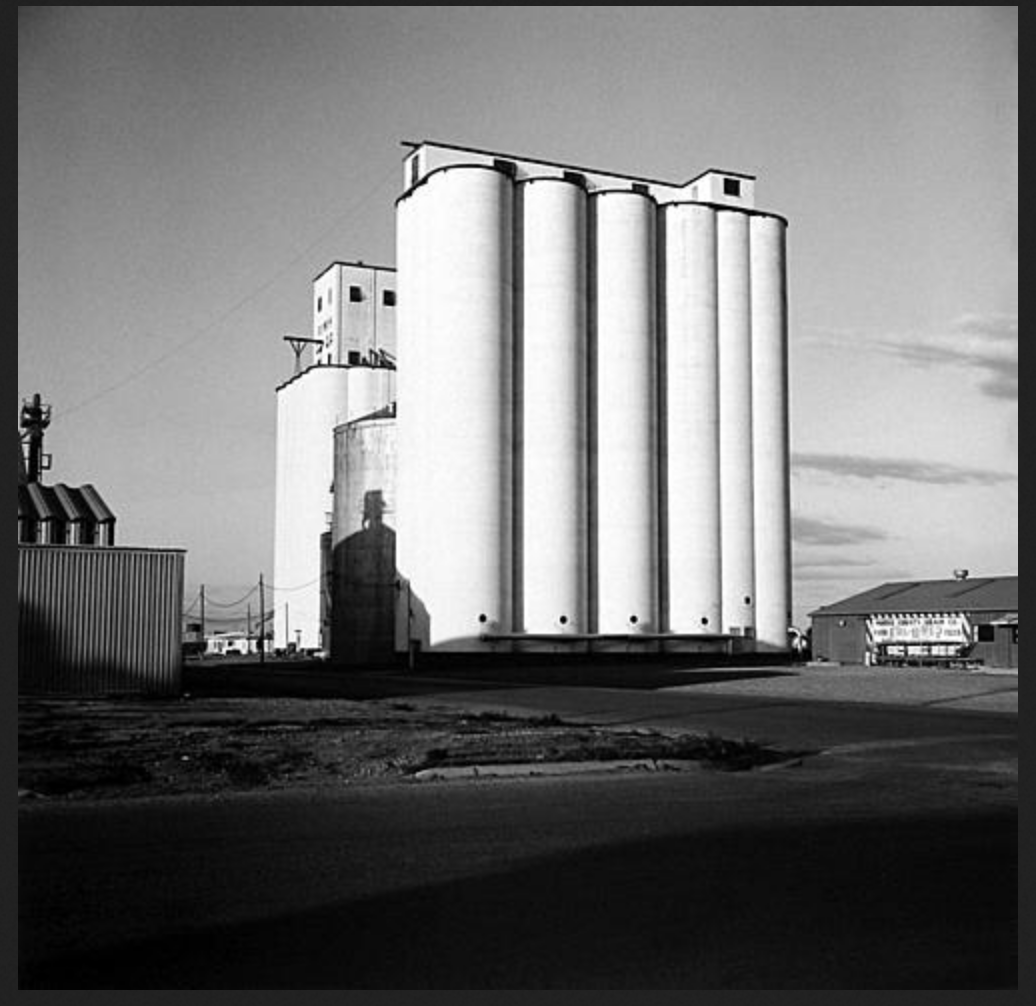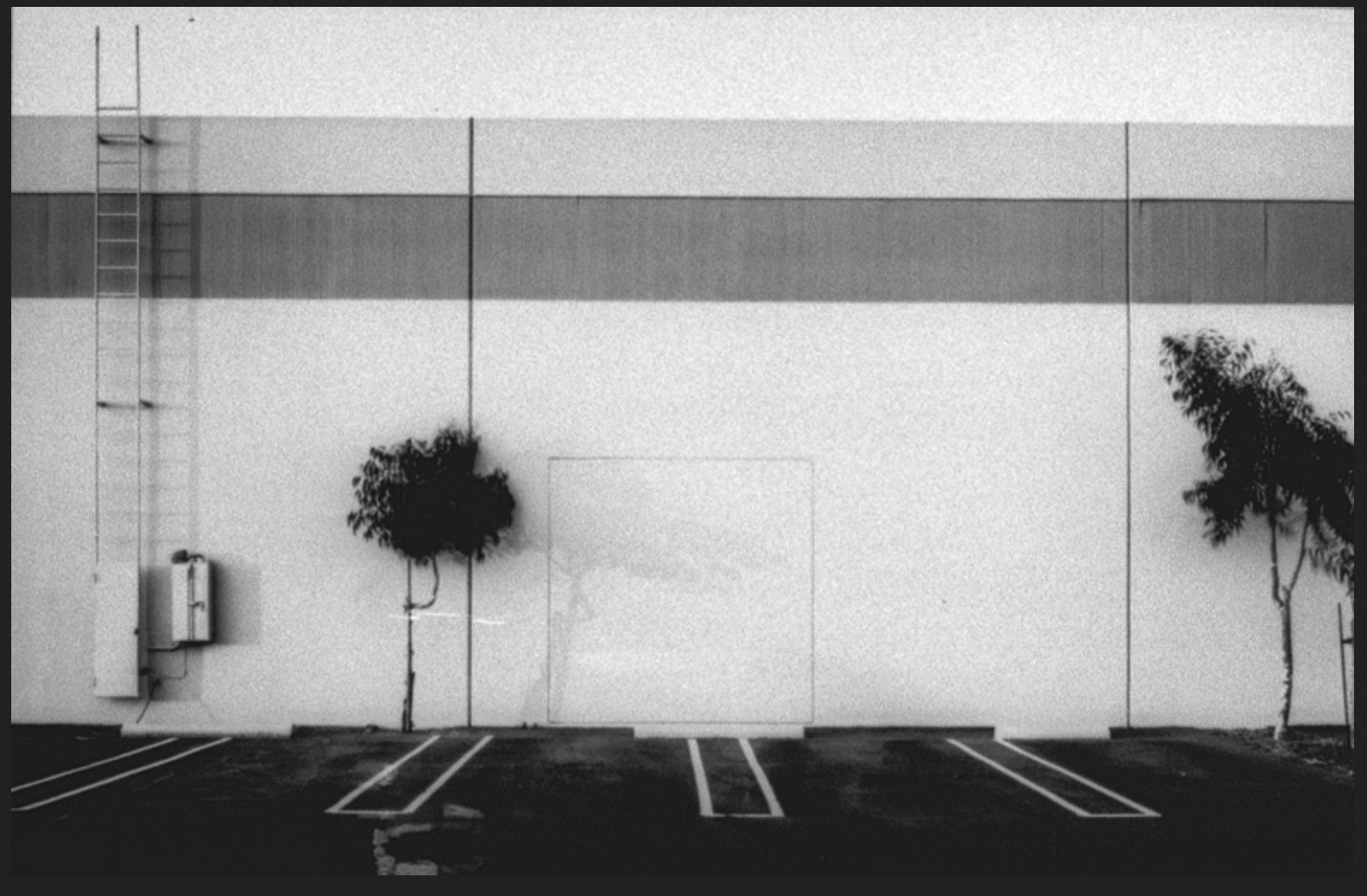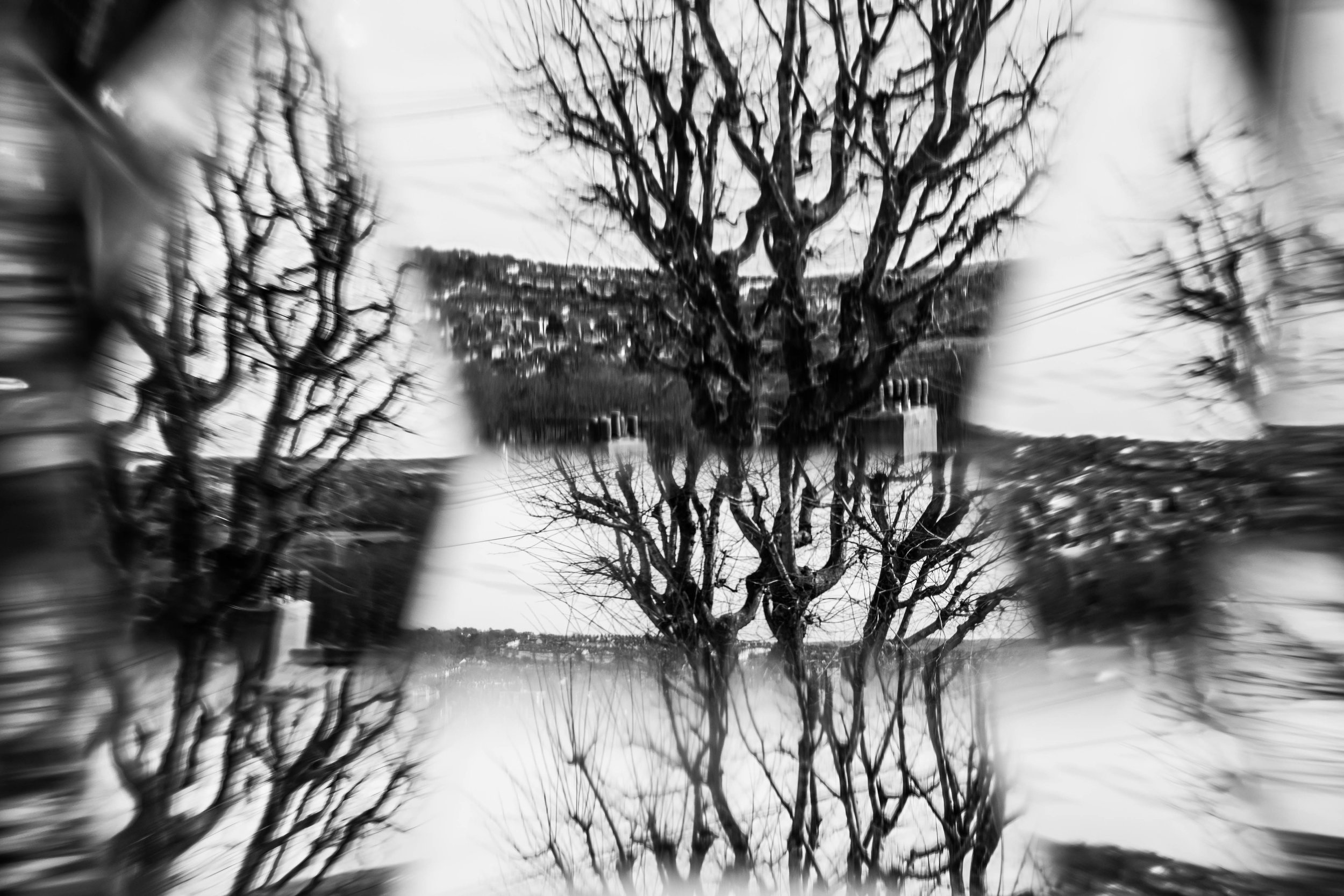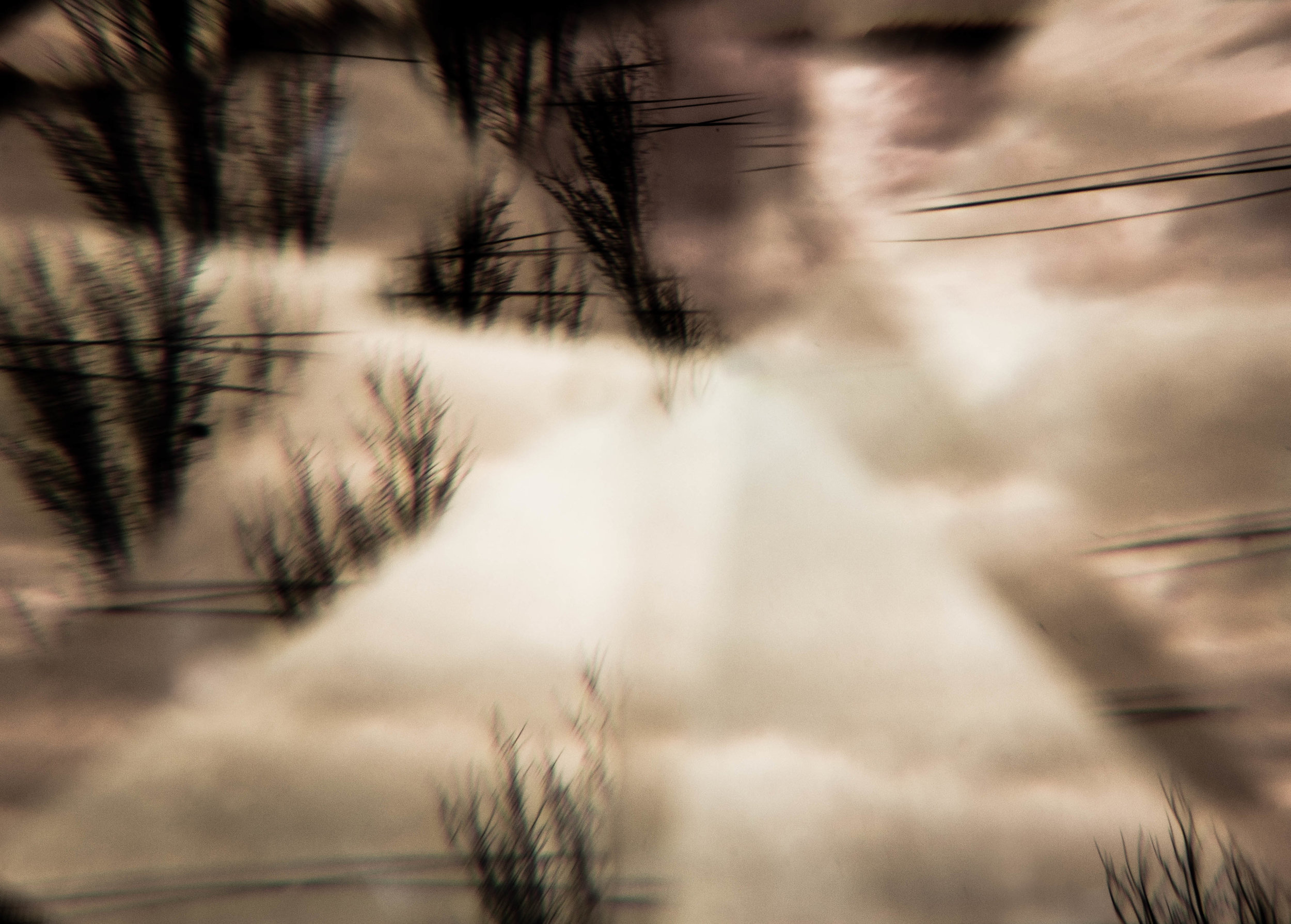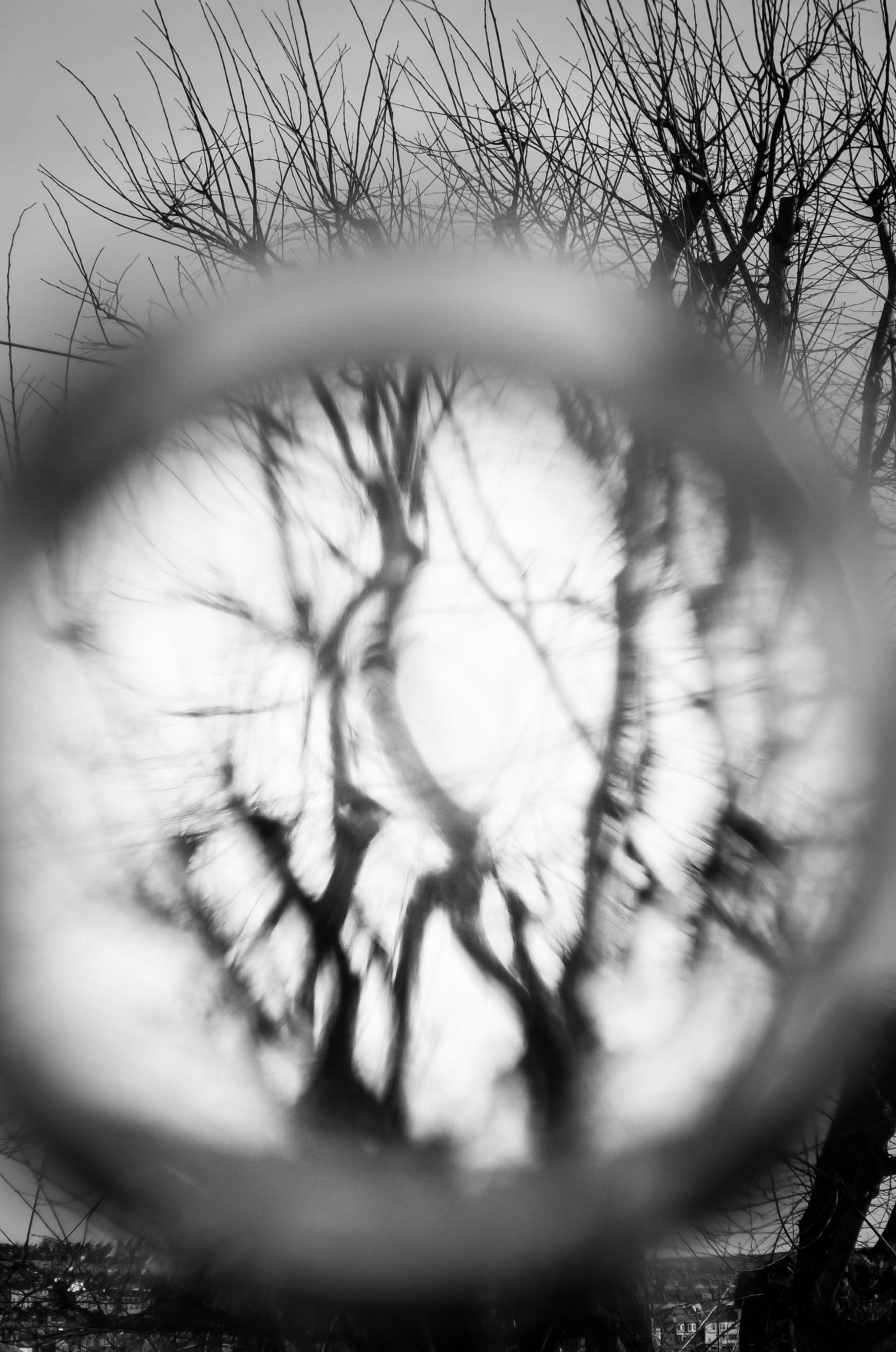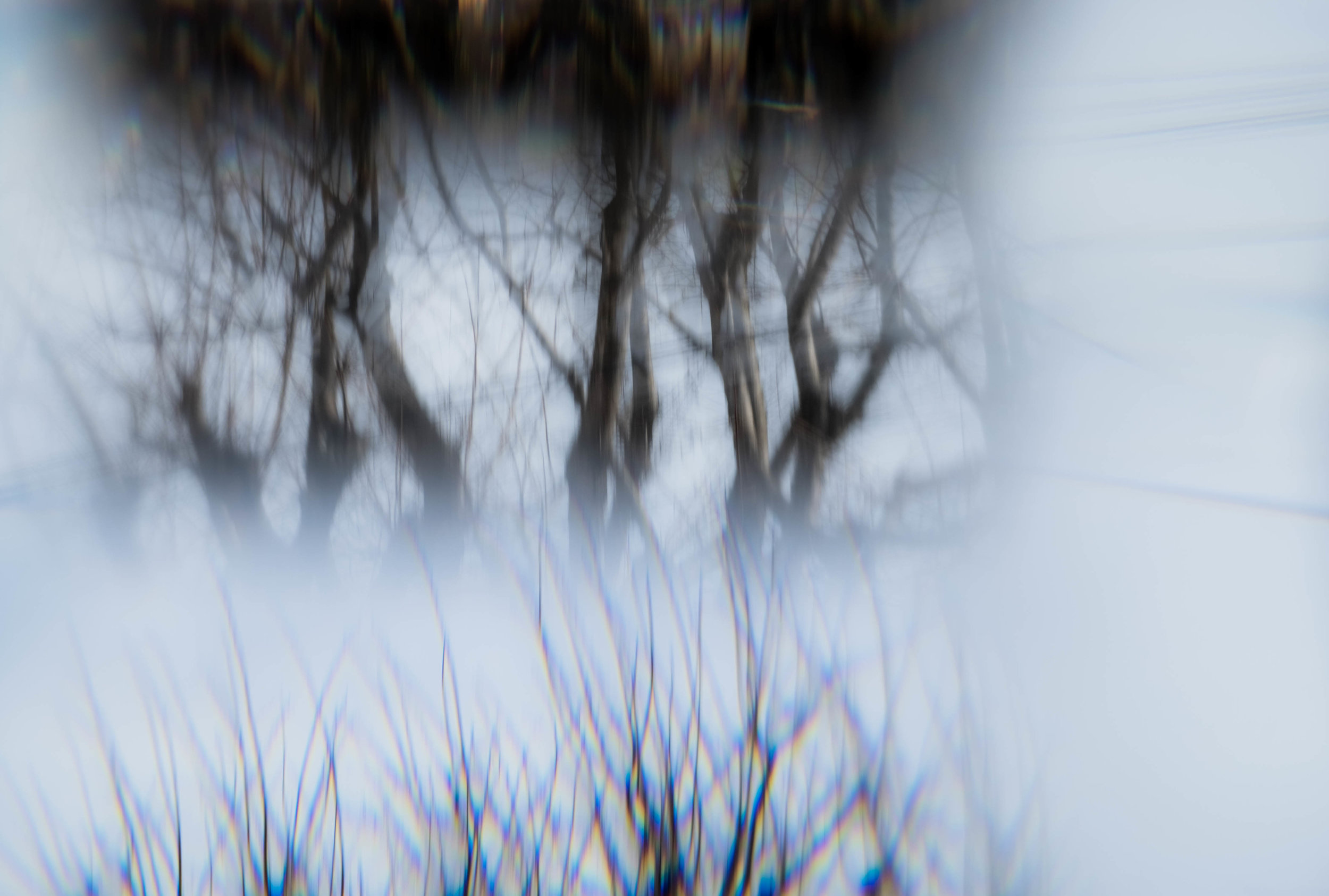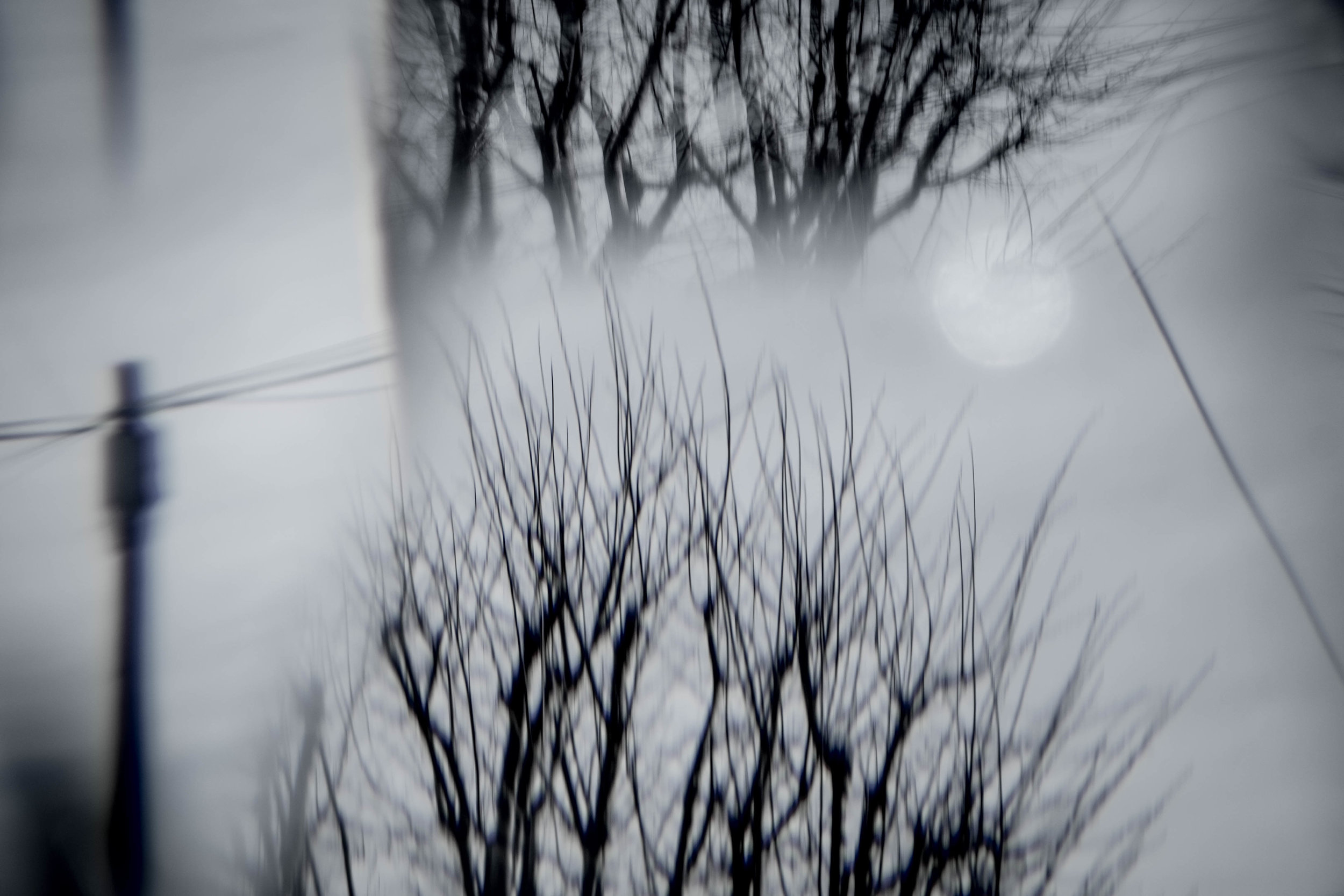Looking Forward:Turning Back
Creating a Conceptual Landscape
Conceptual photography is all about the idea, the concept, presented in a photographic form. It is playful and analytical. It breaks rules and introduces a new approach to different areas of photography and art as a whole.
Conceptual Landscape photography ‘refers to an image or a series of images which either deconstruct the ideas and conventions related to landscape photography and photography itself as a medium including digital technologies, or serve as visual material manifestations of a concept that relates to the idea of ‘landscape’.’
Eva Kalpadaki
I absolutely adored the work I was introduced to, and to see a conceptual take on landscape was very intriguing. I love visually describing an idea or a concept and taking it beyond one single image. There are no limits or rules other than those you set yourself. This was one series of work that really excited me.
My series is called Looking Forward: Turning Back.
The concept came about when I thought how I took my photographs. Looking, watching and waiting, trying to keep alert for those individual moments in time when a picture is born. So taking a photograph of a particular view we naturally look around at what is in front of us. It occurred to me we never see what is behind us, there’s no reason to, we have found the view we wish to photograph. However, if we were to turn around what would we see? I wanted to capture precisely this.
On a dog walk down at Shoreham Harbour the landscape is very varied and looked perfect for my idea. Looking forward I found my view and then simultaneously turned back and took the exact view behind me- no matter what was there. A brand new landscape, a strange new place was created. I really enjoyed the surprise, I couldn’t control the second image - so I had no idea what was going to be created.
I think the merging of the images is quite subtle, it’s not until you look a little closer that you realise everything is not quite as it seems. With the double exposure mode on my Fuji, you take the images simultaneously. I choose not to look at the screen or viewfinder for the second image - the view behind, because I didn't want to intervene. It also made it more suprising what the outcome was going to be.















